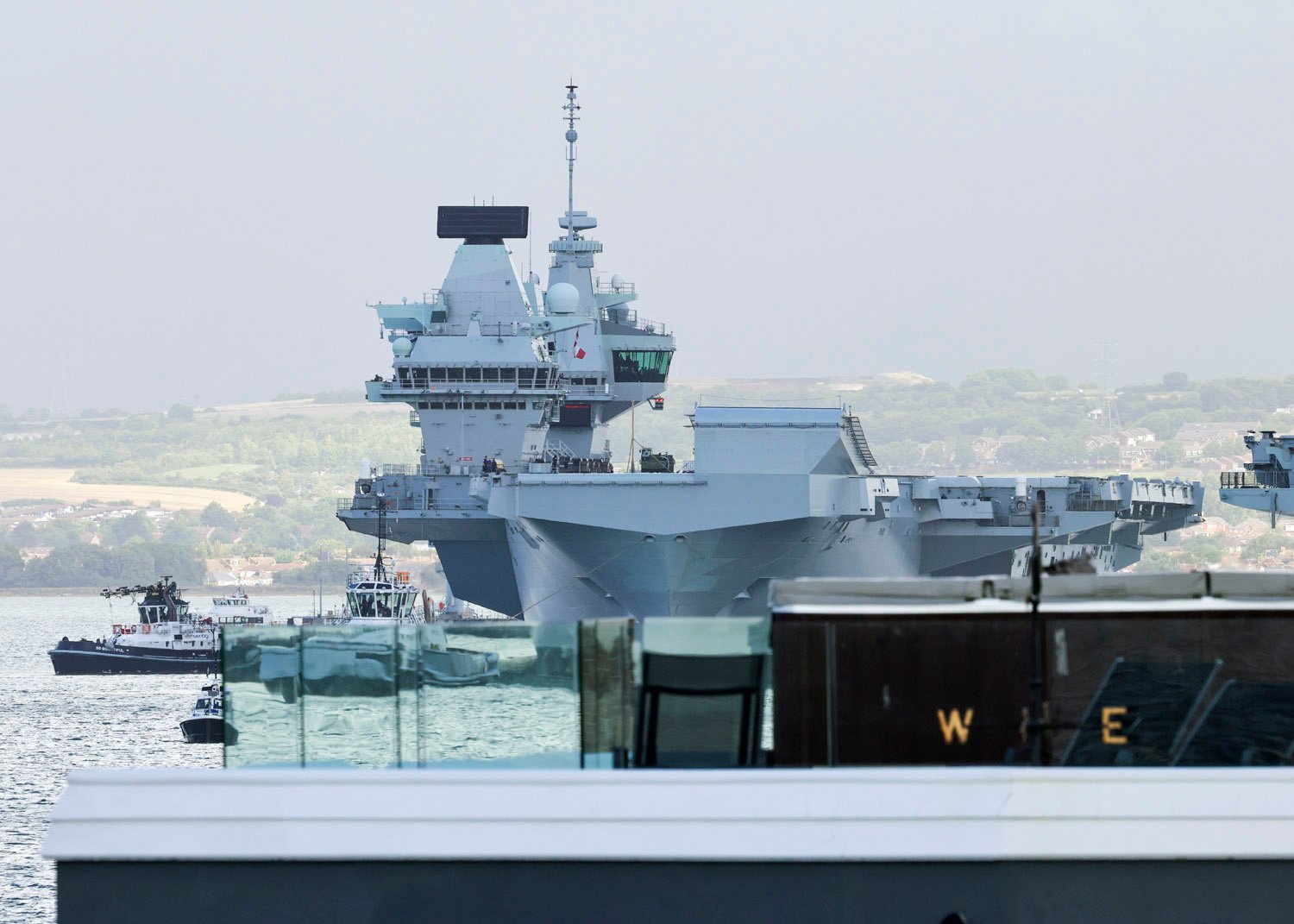Submission Statement
The shift towards UAVs as wing"men" for pilots was mentioned in a previous submission. Now, the UK seems to be trending in the same direction, looking to add catapult capabilities and a suite of unmanned aircraft to its carrier complement.
Frankly, this seems a bit like a waste, especially when the Prince of Wales remains stranded in drydock with a constantly slipping date for its return to service and dogged by rumors that it is being stripped for parts to sustain its sister ship, the HMS Queen Elizabeth. It’s hard to imagine that a handful of bespoke drones(that will likely be competing with F-35Bs for limited hangar space) outweigh the additional capabilities that would be granted by sustaining an additional STOVL carrier. Perhaps the MOD anticipates a sustained surge in funding due to the war in Ukraine, but I’m skeptical of that as well. As the course of the war becomes increasingly well-defined, the risks to the UK will become easier for politicians to brush aside. Any increased funding will have to go toward rebuilding stockpiles before it can be splurged on pricey upgrades.
Richard Scott is a well-known U.K.-based writer on the Royal Navy and other naval forces worldwide.
The U.K. Royal Navy is studying the introduction of aircraft launch and recovery systems onboard its two Queen Elizabeth-class aircraft carriers to “open up” the flight deck to a broader range of crewed and uncrewed air systems.
Speaking at the Defence Leaders’ Combined Naval Event 2023 conference in Farnborough on May 24, U.K. Royal Marine Col. Phil Kelly, the head of carrier strike and maritime aviation within the Royal Navy’s Develop Directorate, outlined a plan to retrofit the arresting gear and assisted launch equipment as part of a broader Future Maritime Aviation Force (FMAF) vision. FMAF is a multi-strand program exploring the widespread fielding of uncrewed aviation across the surface fleet, with a specific focus on future carrier aviation.
In its current configuration, the Queen Elizabeth-class flight deck arrangement – with a 12.5 degree ski-ramp fitted forward and a vertical recovery deck offset to port – has been shaped by the operation and support of a single fixed-wing aircraft type: the F-35B Lightning II short takeoff vertical landing Joint Strike Fighter. No assisted launch or arresting machinery is installed.
According to Col Kelly, one strand of FMAF – known as Project Ark Royal – is exploring options for the phased introduction of aircraft launch and recovery equipment to enable the operation of high-performance uncrewed strike and support systems, and potentially fixed-wing crewed aircraft.
“We are looking to move from STOVL to STOL [short takeoff and landing], then to STOBAR [short takeoff but arrested recovery] and then to CATOBAR [catapult-assisted takeoff but arrested recovery]. We are looking at a demonstrable progression that spreads out the financial cost and incrementally improves capability,” Kelly said.
The first step would be to increase the available length for the unassisted launch of uncrewed air systems.
“This November we will [launch] a Mojave [STOL] aircraft off the angle of the flight deck off the U.S. east coast,” said Col Kelly. “This aircraft can take off in 300 feet of runway, so enough for the trial, [but] we have already undertaken design work to add sponsons and make a full run of 700 feet available.”
The next stage would be to introduce a recovery system into the Queen Elizabeth design. The large fixed-wing UAS envisaged under FMAF – a persistent capability known as Vixen – is expected to depend on some form of arrestment for recovery.
A final step would be to add an assisted launch system. “Adding catapults would allow us to operate the heaviest aircraft you can imagine,” Kelly said.
USNI News understands that various assisted launch and recovery system options have already been reviewed under Project Ark Royal. These include the Electromagnetic Aircraft Launch System and Advanced Arresting Gear equipment delivered by General Atomics for the U.S. Navy’s Ford-class aircraft carriers, and the U.K.’s own Electro Magnetic Kinetic Induction Technology demonstrator, developed by GE Power Conversion.
The FMAF plan remains pre-decisional at this stage. The U.K. is continuing to explore capabilities, undertake experimentation and gather evidence in order to inform its next Integrated Review in 2025.

